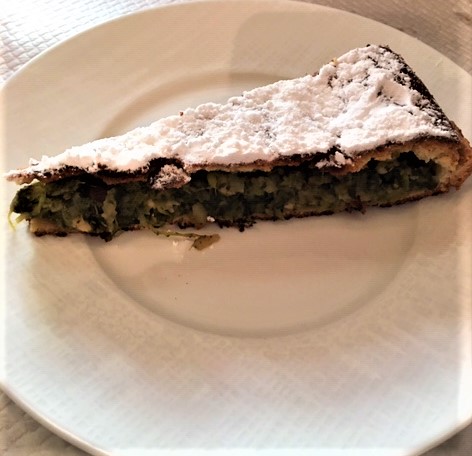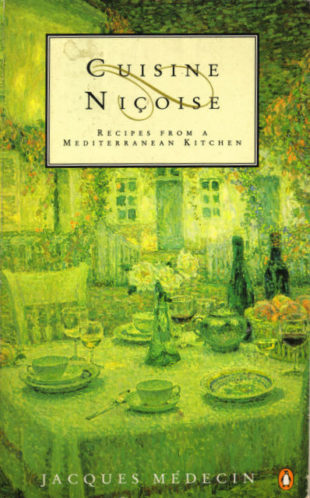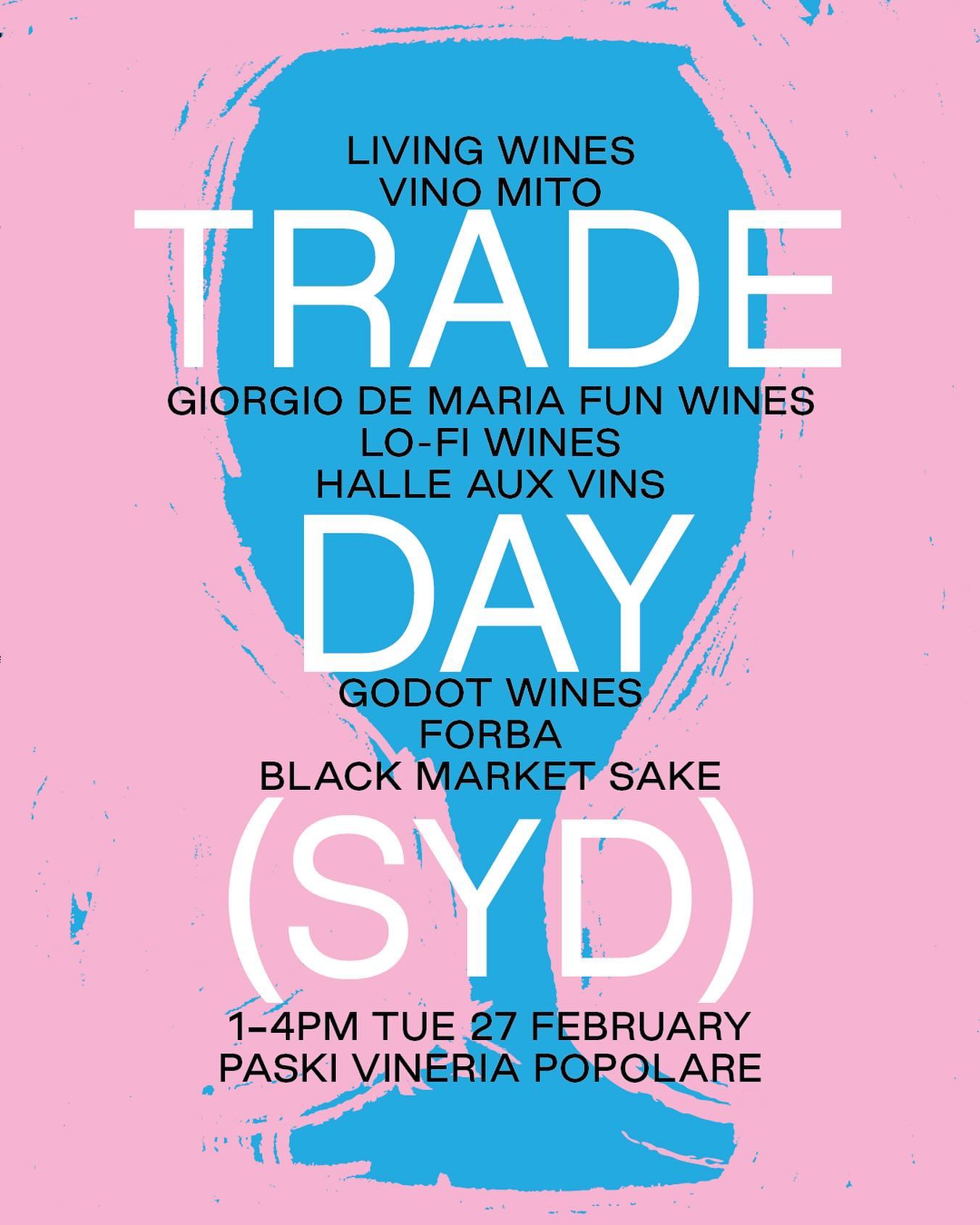Introduction to Nice and Jacques Médecin
Nice lies lazily on the Mediterranean coast quite close to Monaco and the Italian border where the style of food is called Cuisine Nicoise. While the city belongs to France there are many Italian influences as well.
This beautiful Côte d’Azur city has always had an interesting history! While it is now firmly implanted in France, it has had close ties to the neighbouring Piedmont and Genoan regions of Italy, to the island of Sardinia, to the mountainous hinterland of the Savoie and even to far distant Scandinavia with whom trade was conducted hundreds of years ago giving rise to the love of dried fish products that now provide such interest to the cuisine.
This is an area where cuisine is treasured. However all is not well. The centre of Nice and in particular the formerly wonderful Cours Saleya market has submitted to the lesser demands of tourists. The market no longer shines. The produce is not different from many other markets in the region where fruit and vegetables have been trucked in.
The restaurants have, in many cases, broadened their offerings rather than promoting the best of the regional produce and regional specialties. Fast food is making its insidious entry.
But all is not lost! There are produce-driven restaurants such as Le Canon and Pure & V which serve excellent food. There is also one of our favourite restaurants anywhere in the world, and to understand what to expect at this restaurant it helps to understand the underpinnings of Nicoise cuisine.
The restaurant is called La Merenda (which we tell the story of here) and the chef here cooks many of the dishes described in the book that we talk about in this post.
To understand Nicoise cuisine you can do no better than read the famous food writings of the former mayor of Nice, Jacques Médecin. Now, we hasten to add, Jacques wasn’t a saint – in fact exactly the opposite. He and his father before him held the post of mayor of Nice for most of the last century. Corruption was endemic in this southern outpost during much of this time.
Jacques ended up in Argentina to avoid inconvenient corruption charges, but eventually returned to France to face the music which included a gaol sentence.
However it is not his political machinations that we remember him for but rather his passion for food, and more particularly for Nicoise cuisine. He was passionate about the local cuisine and was distraught that the younger generation was not paying due reverence to the cuisine and taking the time to learn recipes that had traditionally been handed down from mother to daughter.
While carrying out the duties of mayor and as a member of parliament he still managed to find the time to pen a book called La Cuisine du Comte de Nice. This book is the subject of this post.
La Cuisine du Comté de Nice by Jacques Médecin
Jacques Médecin uses the book to begin his tour of Niçoise cuisine. And why? In his own words:
Because it seems to me that I belong to the last generation which has had traditional recipes handed down to it.
He then goes on to say it is also because he loves Nice, because it is difficult to locate genuine Niçoise food these days and most particularly because of the umbrage he takes when served Niçoise salad in most parts of the world.
The book is organised along the traditional ‘progression of the meal’ format. In the opening chapter on soups he gives a recipe for Lou Pistou (using the local dialect ou ending). He goes to great length to explain that the name of this soup is not derived from the Niçoise word for basil, rather it is derived from the local dialect for ‘pounded’.
He then explains how to pound the garlic in a mortar then add basil then grated Parmesan (the Italian connection again). After these ingredients are incorporated, olive oil is added to bring them together. He then adds this precious commodity to a light vegetable soup after taking it off the heat as the pistou ‘must never cook’.
Soon he moves to a discussion of La Salada Nissarda (Salade Niçoise) which he calls La Vrai Salade Niçoise. He starts his discourse with the statement ‘Salade Niçoise is one of those dishes that is constantly traduced”. He goes on to give a high level description of this local favourite:
At its most basic – and genuine – it is made predominantly of tomatoes, consists exclusively of raw ingredients (apart from hard-boiled eggs), and has no vinaigrette dressing: the tomatoes are salted three times and moistened with olive oil.
Before detailing the recipe he makes a plea:
But whatever you do, if you want to be a worthy exponent of Niçoise cookery, never, never, I beg you, include boiled potato or any other boiled vegetable in your salad niçoise.
He also implores either the use of canned tuna OR anchovies, not both. He explains that in the past tuna was used on special occasions as it was expensive. In the absence of tuna, the more common anchovies were used. Notice that there are no green beans ever in this salad according to Jacques.
He moves on to other local favourites such as Pan-Bagnat, ratatouille and stuffed sardines (a dish executed beautifully at our favourite restaurant in Nice, La Merenda).
He then describes the famous pissaladière and explains the derivation of the word from the now hard to find fish puree called pissala which is smeared on the onions just before the tart is placed in the oven.
We have managed to find only one example where pissaladière is still made in this way just near the ramparts of the old part of Antibes in a little bakery run by Jean-Paul Veziano in the rue de la Pompe. These days, most pissaladière you find in Nice will use anchovies instead.
For dessert he has a complex yet delicious recipe for Tourte de Blette, a tart made with sweetened Swiss chard, which we always order when we go to La Merenda in Nice.

And so he goes on describing dish after delightful dish – in fact, 270 of them. If you are intrigued by the wonderful cuisine of this magical part of the world then this is a must have book. Even though it was written over thirty years ago, the recipes are as relevant today as they were at the time of writing.
While the original book was written in French there is an English version which you can obtain from Amazon by clicking on the link below:
You can read about some of the dishes in this book in our story about La Merenda in Nice which bases all the dishes on Cuisine Nicoise.
There is an obituary published in the Independent that surveys his life and times including some of his more unsavoury political associations.
You can buy La Cuisine du Comté de Nice by clicking on the link below. We receive a small percentage of the sale which goes towards maintaining this site.






















